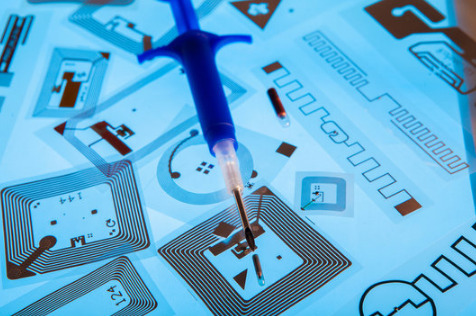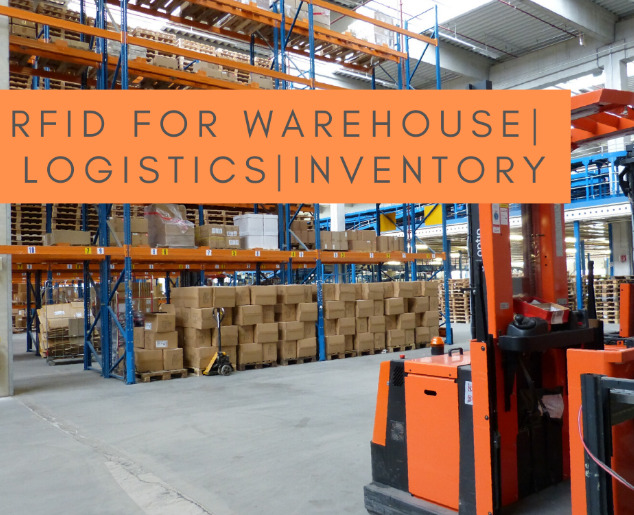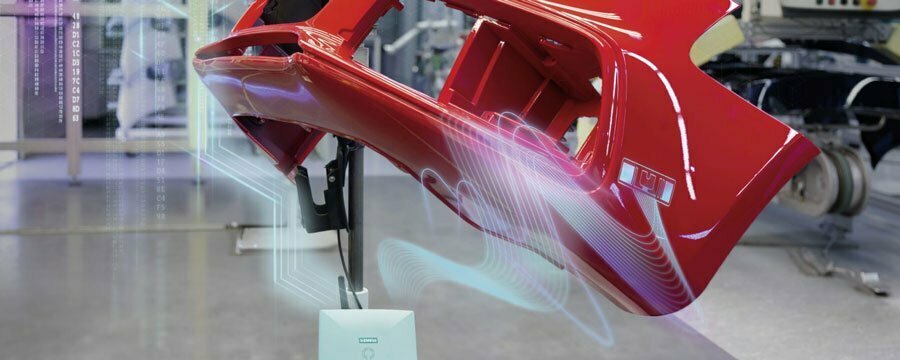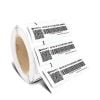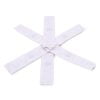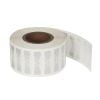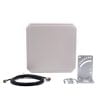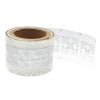RFID (Radio Frequency Identification) technology is a wireless identification and tracking technology that has been widely applied in various fields. However, the application of traditional RFID tags in liquid environments has certain limitations. Fortunately, with the continuous development of technology, the emergence of RFID anti-liquid tags has brought new opportunities for object tracking and management in liquid environments. This article will explore the applications of RFID anti-liquid tags, analyze their advantages, and discuss potential challenges.

Anti liquid tag 2
Firstly, RFID anti-liquid tags have a wide range of applications. In many industries, especially in manufacturing, logistics, and healthcare sectors, tracking and managing objects in liquid environments are crucial. For example, in the food and beverage production industry, tracking and inventory management of liquid containers are essential for ensuring product quality and safety. Traditional RFID tags are prone to interference or damage in liquids, while RFID anti-liquid tags can work for extended periods in liquid environments while maintaining good performance.
Secondly, RFID anti-liquid tags offer several advantages. They exhibit high durability and waterproof capabilities. These tags are typically made from special materials that can resist liquid penetration and maintain the integrity of the tag. Furthermore, RFID anti-liquid tags demonstrate excellent read and write performance. Whether in liquids or near-liquid environments, these tags can accurately read and write data, ensuring accurate object tracking and information recording. Additionally, RFID anti-liquid tags can be seamlessly integrated with existing RFID systems without significant modifications or investments.
However, the application of RFID anti-liquid tags also presents some challenges. Firstly, the read and write distance of RFID anti-liquid tags may be affected due to the interference of liquids with electromagnetic waves. Therefore, careful consideration of the environmental conditions for signal transmission and reception is required when designing and deploying these tags. Secondly, liquid environments may have multiple objects present, which can lead to interference and collisions between tags. Therefore, appropriate tag layout and signal scheduling strategies need to be employed to ensure normal communication and data transmission between tags.

Anti liquid tag 3
To overcome these challenges, researchers and technology companies are continuously working to improve the performance and reliability of RFID anti-liquid tags. For instance, they are developing new materials to enhance the tags’ waterproof capabilities and anti-interference abilities. Simultaneously, they are exploring new communication protocols and algorithms to optimize communication and data transmission between tags. Additionally, intelligent RFID systems are also under development, enabling real-time monitoring and management of objects in liquid environments, thereby improving overall production efficiency and logistics effectiveness.
In conclusion, RFID anti-liquid tags have significant implications for object tracking and management in liquid environments. They provide innovative solutions for tracking and managing objects in liquid environments. Despite some challenges during application, with ongoing research and technological advancements, RFID anti-liquid tags will play a crucial role in various domains, enhancing logistics efficiency, and improving product quality and safety. We look forward to further advancements and applications of RFID anti-liquid tag technology in the future.

